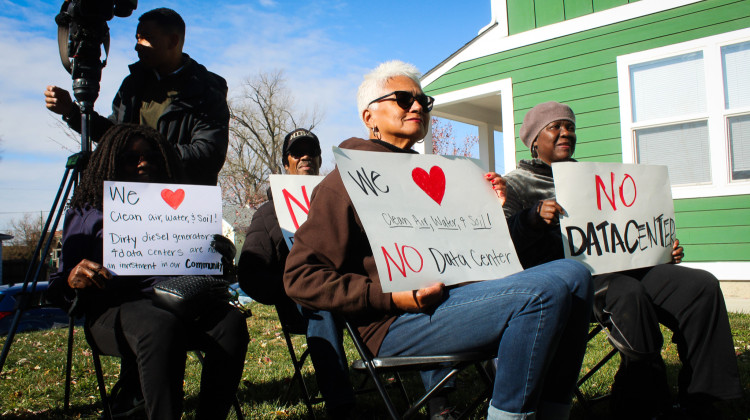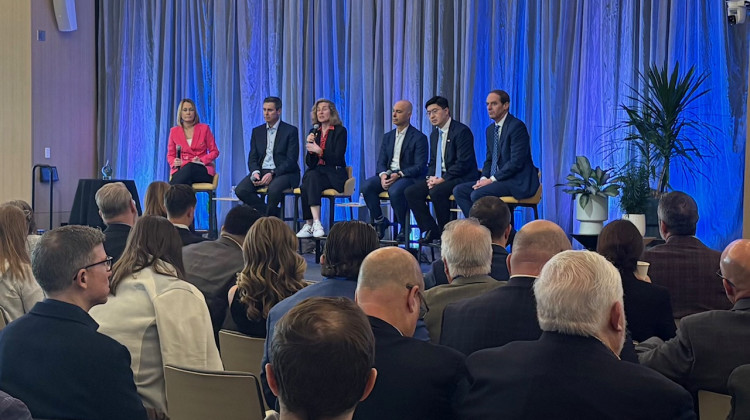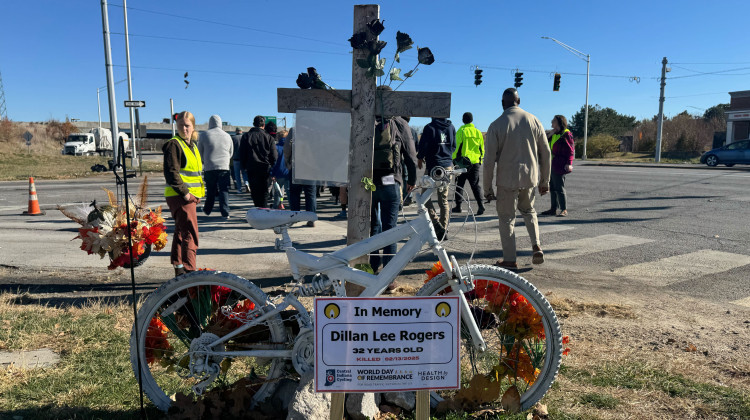
SAVI researchers used demographic data from the U.S. Census Bureau and estimates of neighborhood health data from the CDC's 500 Cities Project to map coronavirus neighborhood-level risk factors.
SAVI, a program of the Polis Center at IUPUA new coronavirus data hub is available for local communities.
Indianapolis-based research center SAVI compiled data to map central Indiana neighborhoods where people may be at higher risk of developing severe cases of COVID-19. It considers age and socioeconomic factors.
Polis Center Research Analyst Matt Nowlin says they used CDC and other health data to identify vulnerable populations who may have underlying health conditions like diabetes and asthma, or those who may smoke.
"So it was clear that one of the ways we could contribute to public health efforts was to share this information," says Nowlin.
Nowlin says the data doesn’t look at factors that increase the risk of contracting the virus, like travel and profession.
Some Marion County neighborhoods are more impacted by social determinants of health.
"These sort of demographic health related factors can impact how severe it is," says Nowlin.
The tool also provides a statewide county level look at cases and risks.
 DONATE
DONATE





 View More Articles
View More Articles


 Support WFYI. We can't do it without you.
Support WFYI. We can't do it without you.